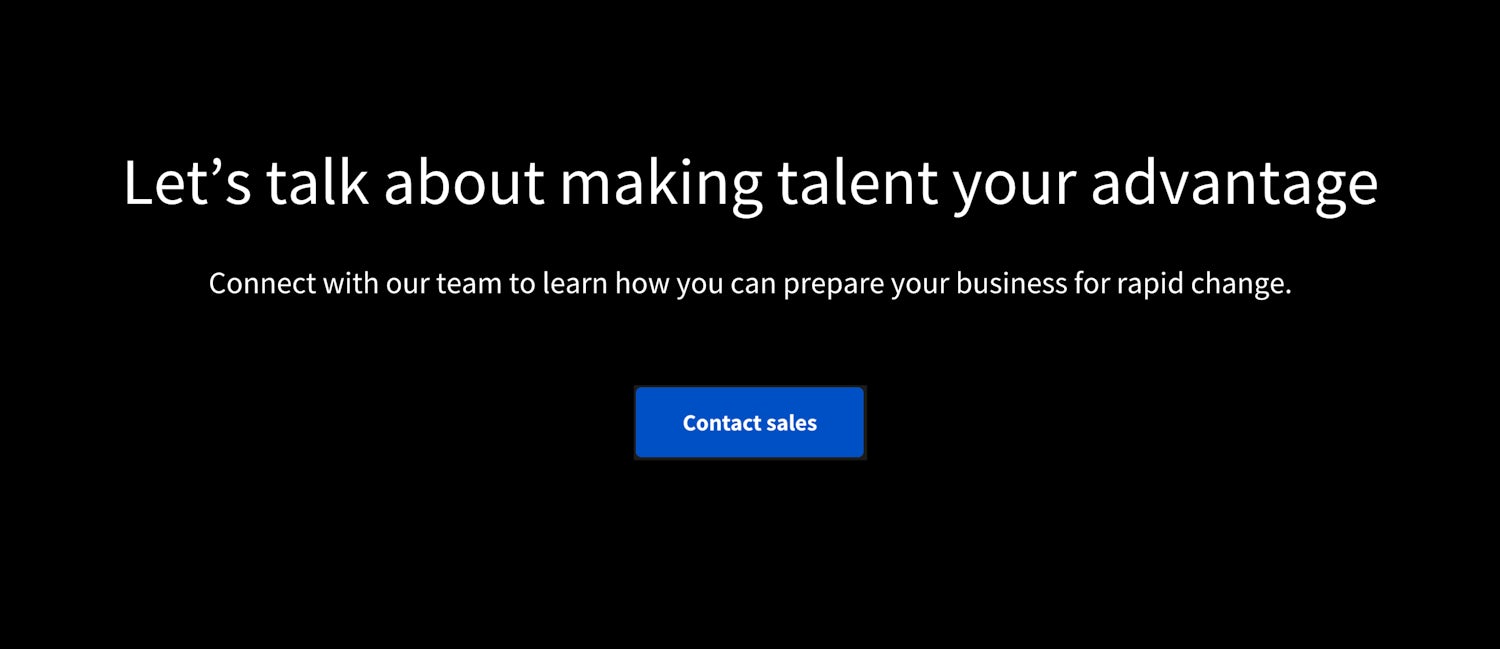What Is Continuous Learning?
Continuous learning can help employees develop new skills and feel more fulfilled in their work, as well as benefit your company. Discover how you can create a culture of continuous learning in the workforce.
![[Featured image] Woman working on a training course on at laptop computer](https://d3njjcbhbojbot.cloudfront.net/api/utilities/v1/imageproxy/https://images.ctfassets.net/wp1lcwdav1p1/7qAfZLJMYEZHWdoaYY3y8U/b1c31153a25f2751c15eaa6c41cdc587/iStock_68981631_XXLARGE__1_.jpg?w=1500&h=680&q=60&fit=fill&f=faces&fm=jpg&fl=progressive&auto=format%2Ccompress&dpr=1&w=1000)
Continuous learning describes the ongoing opportunities you have to learn new things in a professional setting. It can include on-the-job training, seminars, formal and informal classes and discussions, and more.
More engaged employees with expanded practical skills are among the wide range of benefits continuous learning may provide to your team. It comes in many forms, making it easier to appeal to a broader range of learning styles and approaches. Use this article to learn how to develop a culture of continuous learning for a more skilled and happy workforce.

Types of continuous learning
Learning can happen in many ways. To develop a culture of continuous learning in the workplace, offering a variety of continuous learning methods can help you reach a wider audience by appealing to the different learning styles of your team.
Formal learning
Formal learning experiences are structured class offerings such as a course at a community college or a structured workshop. Formal learning examples include:
Classes offered by an educational institution
Certification programs
Professional development workshops
Online courses
Webinars
You can use formal learning to help your team overcome specific challenges, such as onboarding a new hire, learning how to use new technology, or annual compliance training.
Social learning
Social learning happens through collaboration and observing others. For example, if you start a new job and spend a few days working alongside a trainer, you engage in social learning. Other examples of social learning include:
Mentorship programs
Coaching
Professional conferences
Discussion groups
Guest speakers
You can use social learning experiences to reinforce the values important to your company by demonstrating the ideas you want your team to think and care about, such as innovation or teamwork.
Self-directed learning
Self-directed learning allows your team to take control of their continuous learning. You can encourage self-directed learning by offering resources to your team and finding ways to reward personal achievements. Self-directed learning can take all the forms previously mentioned in formal and social learning, along with solitary pursuits such as reading a book or article, practicing a skill, or researching a topic online.
Self-directed learning can be very effective because it allows learners to study at their own pace using their preferred methods. On the other hand, self-directed learning can be difficult for some individuals to manage independently, and you will ultimately have less control over what your team is learning.
Benefits of continuous learning
Continuous learning can offer you and your team better mental health, opportunities for career advancement, a sense of fulfillment, a connection with coworkers, and more. On an organizational level, it can help your company reach its goals more efficiently, create an innovative workplace culture, increase employee engagement and loyalty, and reduce the costs of hiring new workers instead of upskilling your own. Let’s take a closer look at some ways continuous learning can benefit your employees and your organization.
Help your team develop new skills.
Continuous learning can help your team develop skills more targeted to your organization's needs. You can help improve your employees' performance and increase their efficiency and productivity. The more talented your staff is, the easier it will be to meet organizational objectives.
Prepare for the future.
Within an organization, continuous learning opportunities allow employees to advance internally and train across departments. You can prepare your employees to take on additional challenges in the future when senior leadership retires, or you have a job opening for another reason, allowing you to stay agile and minimize risk.
Connect coworkers
Continuous learning helps you cultivate a greater sense of community at your company. Career development and continuous learning allow your employees to come together for common goals and give people the opportunity to meet coworkers with similar career goals. You can encourage your employees to provide mentorship and coaching to others.
Read more: Collaboration in the Workplace: Benefits and Strategies
Stay relevant
In a world where trends and technology are constantly changing, continuous learning helps your team stay relevant. To help your company stay abreast of industry trends and technological changes, your staff must continuously seek out new information to keep contributing new ideas.

How to create a culture of continuous learning.
Continuous learning in the workplace can help you attract and retain staff, gain a more skilled workforce, and help your employees feel happier and more fulfilled. By creating a robust learning and development program, you can promote a culture of continuous learning. Use these tips to help you get started:
Identify values, skill gaps, and learning opportunities: The first step is to decide what values your company prioritizes and the skills gaps in your workforce, then use that information to identify learning opportunities. For example, suppose your company values innovation and fast thinking. In that case, you may offer learning opportunities for your staff to stay on top of the newest trends and ideas in your industry. Suppose your company uses recycled materials to create a product. In that case, you may offer learning opportunities for your team to understand how those materials are reclaimed and the importance of using sustainable materials.
Provide learning experiences: One way to encourage your team to engage with continuous learning is to provide them with learning experiences. Whether you provide formal learning in a classroom or structured setting, run a mentorship program, or offer resources for self-directed learning, offering opportunities to learn can help you build a culture of continuous learning.
Invest in continuous learning: Continuous learning can take time out of the normal business day, and it can cost money to run learning and development programs. These costs are a form of investing in your workforce, and a thoughtfully implemented learning and development program will typically yield a return. For example, you could set aside time during the workday for continuous learning instead of asking your team to complete those opportunities independently. By investing the time, you will demonstrate the value of continuous learning to your team.
Recognize continuous learning efforts: Recognition offers a dual benefit. First, it makes employees feel valued. Second, it demonstrates to employees what you want to see more of. You can encourage continuous learning for your team by recognizing when your employees complete learning experiences. Recognizing one employee for continuous learning inspires other employees to do the same.
Getting started with Coursera
Begin your continuous learning at home or in the office with over 7,000 courses, Professional Certificates, and degrees available on Coursera. As an administrator, learn more about Creating a Team Culture of Continuous Learning in this course offered by the University of Pennsylvania as part of their Culture-Driven Team Building Specialization. The course takes about 10 hours to complete, or you can complete the whole five-course series in as little as one month.

Coursera Staff
Editorial Team
Coursera’s editorial team is comprised of highly experienced professional editors, writers, and fact...
This content has been made available for informational purposes only. Learners are advised to conduct additional research to ensure that courses and other credentials pursued meet their personal, professional, and financial goals.